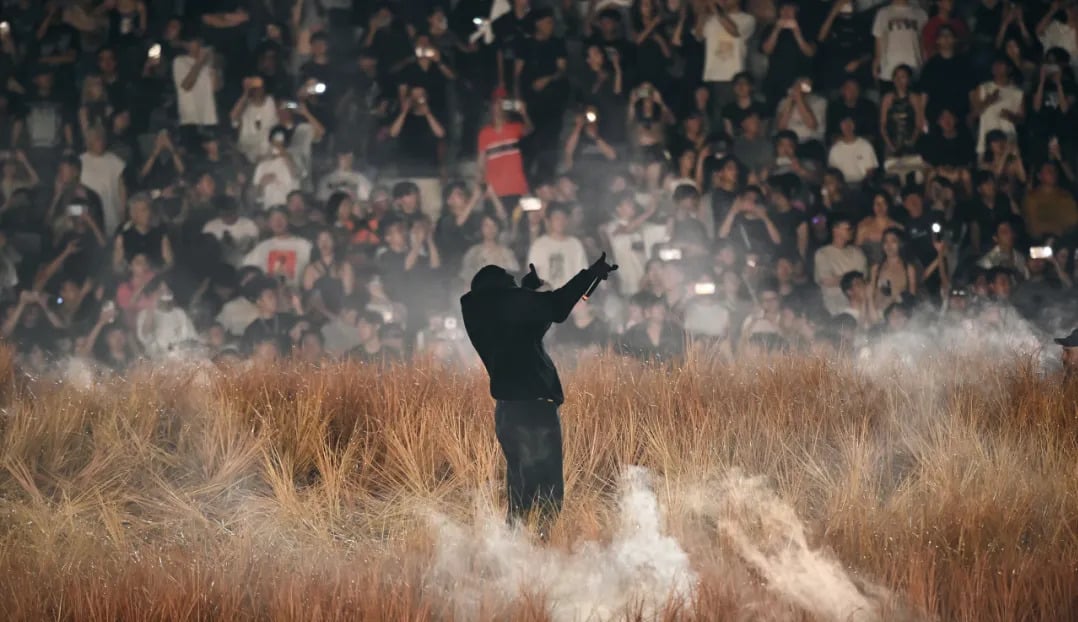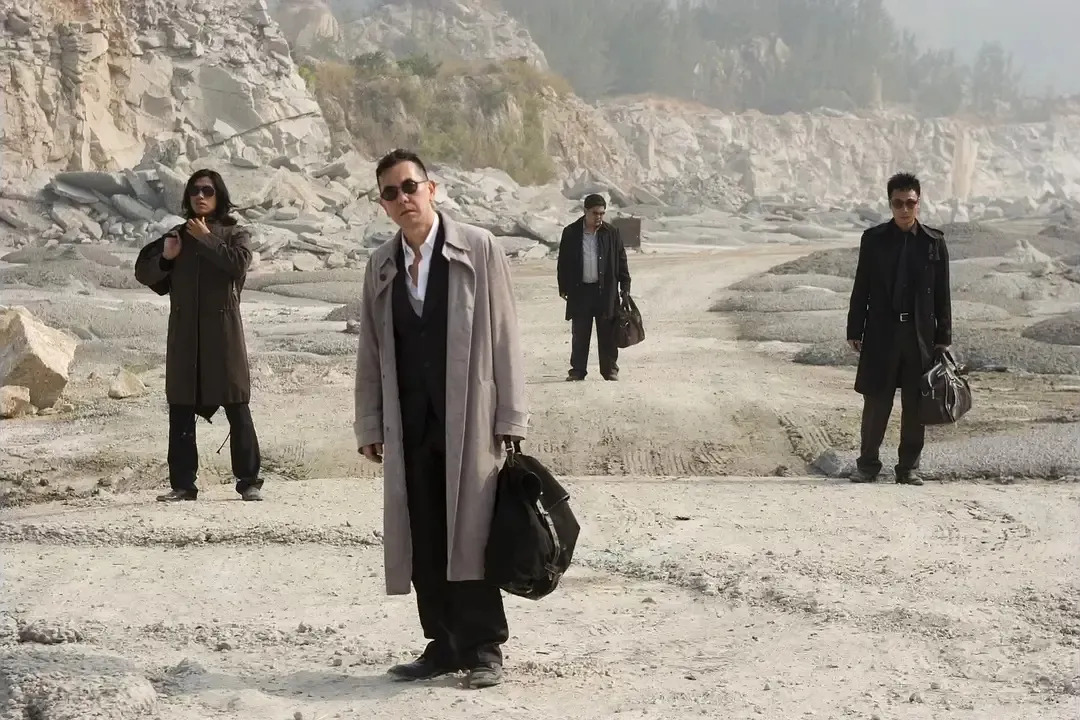Shenzhen, the Mainland Chinese city abutting Hong Kong that’s been transformed from a fishing backwater into a global leader in hardware manufacturing in a matter of decades, has had a pretty good PR year so far. The Economist jumped on the Shenzhen train in April with this glowing report: Shenzhen is a hothouse of innovation. More recently, Shenzhen has inspired multiple headlines on the strength of its impressive performance on the “skyscraper index.” CNN last month:
Of the 128 buildings over 200 meters tall that were completed in the world last year, 70% were in China, according to the Council on Tall Buildings and Urban Habitat (CTBUH).
Shenzhen was responsible for 11 of them — more than the entire United States, and almost twice as many as any other Chinese city (Chongqing and Guangzhou tied for second place, alongside Goyang in South Korea, with six skyscrapers each).
Of course, this construction boom, which resonates across China, presents its own set of problems. Many of these high-rises stand tall, but empty. Our favorite quote from the CNN piece comes from Gu Jianping, developer of China’s tallest building, the 2,000-foot Shanghai Tower, who said at an awards ceremony last year: “The biggest challenge facing China is how to build fewer skyscrapers.”
Maybe so, but Shenzhen is ignoring that challenge. It’s hard to understand from rattled-off statistics just how massive (in the literal meaning of the word) Shenzhen’s construction boom has been, but the BBC has done an excellent job of depicting the phenomenon in a series of photographs, GIFs and charts published a few days ago.
Click through to have your mind and eyeballs blown by this miracle of modern city-building:




















